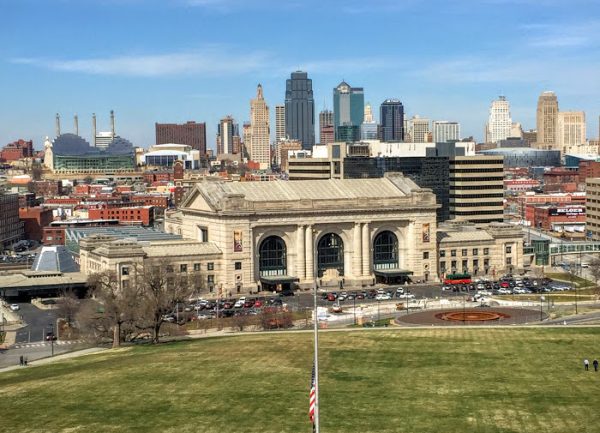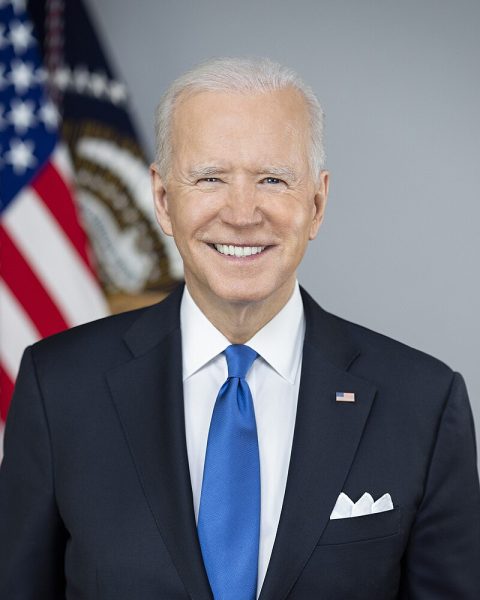Migrant caravan in Honduras set for U.S.
Earlier this month, a migrant caravan formed in Honduras with the goal of reaching the United States for asylum. According to the Washington Post, there are currently more than 3000 people in the caravan comprised of people from Guatemala, Honduras and El Salvador and it would take more than 2 months for the caravan to reach the United States.
The migrants are traveling over a thousand miles on foot to the U.S., which is very dangerous, especially for the many families with kids in the caravan. However, many push and pull factors force these migrants to take the risk to migrate to the U.S.
“The pull factor of the United States is that they can earn $7.50 to, depending on their skills, $15 an hour in the United States,” said Voehringer Professor of Economics Robert G. Williams. “They might be making $3 a day in Honduras or not have a job at all for days.”
However, for many, that is not enough to risk their lives to travel through dangerous terrain to the U.S. There are push factors in the countries causing the migrants to flee.
“Guatemala, Honduras, and El Salvador these three countries are called the Northern Triangle in Central America, and they have some of the highest homicide rates in the world,” said Williams. “A lot of these people that were interviewed said that they have had death threats to their family or somebody in their family had been shot and that they were fleeing the violence.”
Because of the countries in the Northern Triangle doing little to stop the migrants from going to the United States, President Donald Trump has threatened to cut off, or substantially reduce aid to those countries.
“If we cut that aid there is a huge issue for those countries,” said Professor of Political Science George Guo, “We understand that we cannot do that because we will cause huge trouble, in the future we would expect more economic and political trouble, and everybody will come here.”
Cutting off financial aid to the countries will probably cause more migration to the United States, thus serving as an ineffective way of retaliating against the governments of the Northern Triangle.
Furthermore, much of the violence in the region could be attributed to the United States’ military aid and intervention in the past.
“In 1978 to 1979, there was a revolution in Nicaragua that overthrew a U.S.-backed dictatorship and the US intervened to stop that from spreading and they used Honduras as their base of operations,” Williams said.
Many of the former security personnel that are trained by the United States go on to be hired by large corporations or set up businesses trafficking narcotics. People that resist the takeover of their land by the large corporations or get in the way of drug traffickers are subject to be killed, making those areas dangerous for ordinary people.
“1995 comes along and there was a peace accord between some of the guerrilla groups and governments and there’s a removal of some of the spending from the U.S. security forces,” said Williams. “You have all these people that they’ve hired and funded with arms and training. Where are they going to get a job? And so those security people get hired out to be private security for big business people.”





